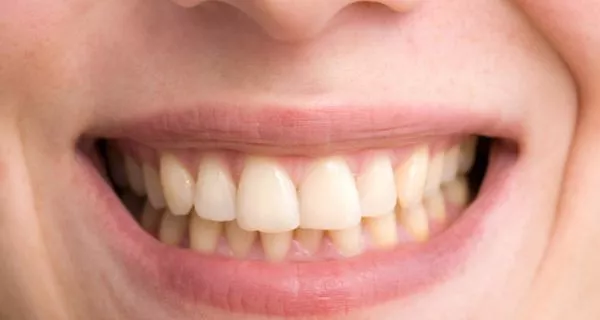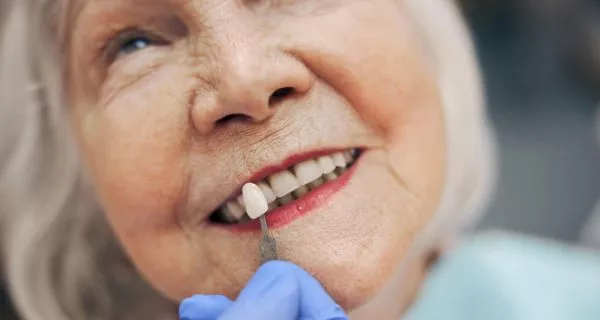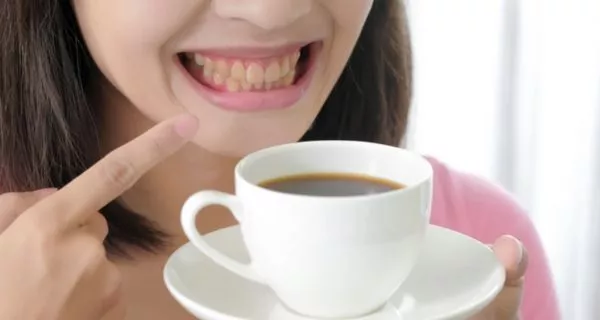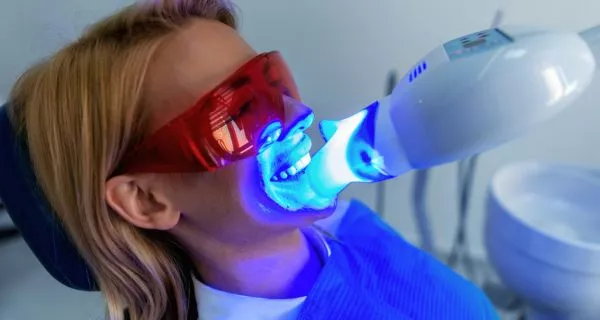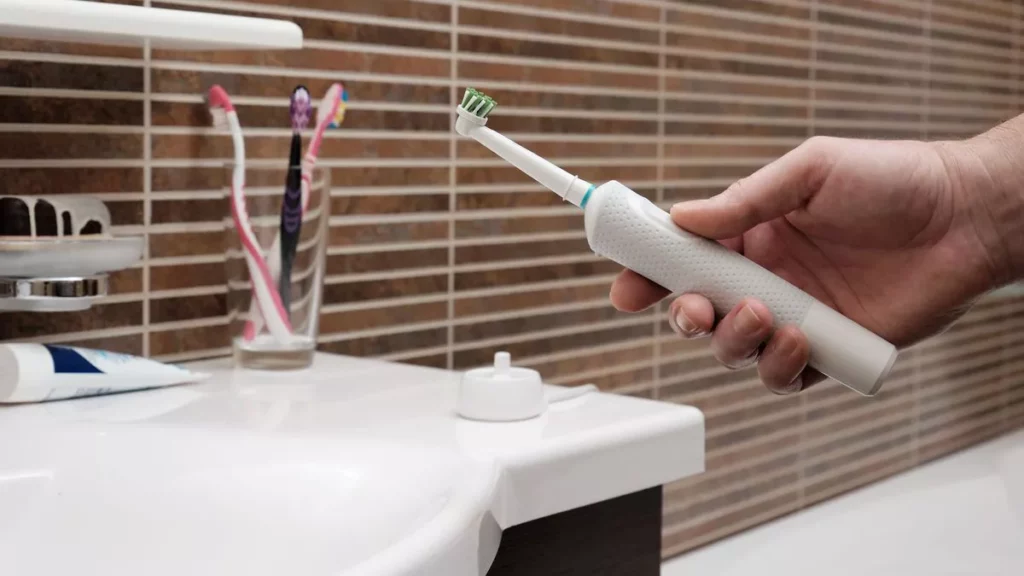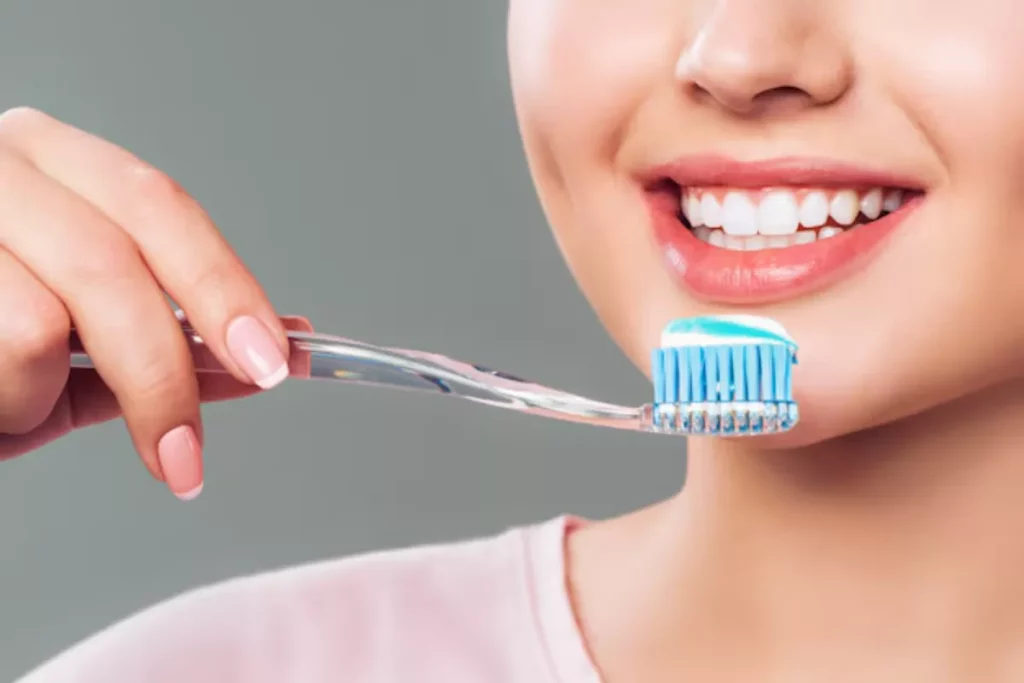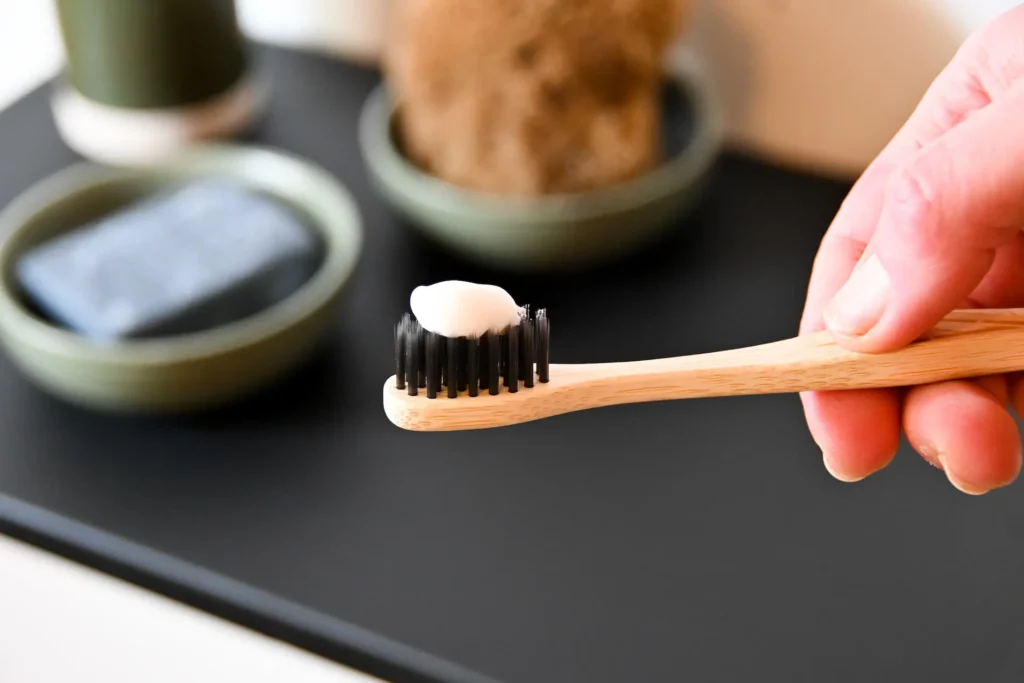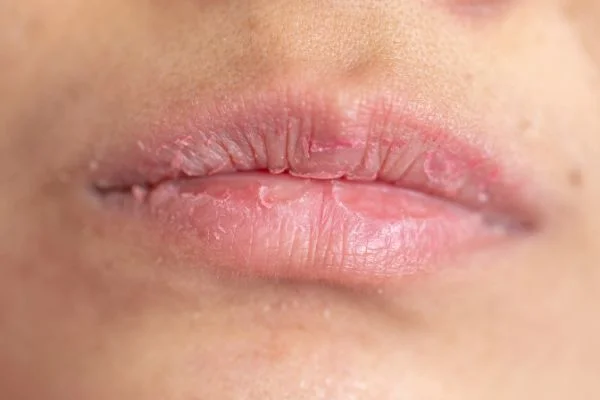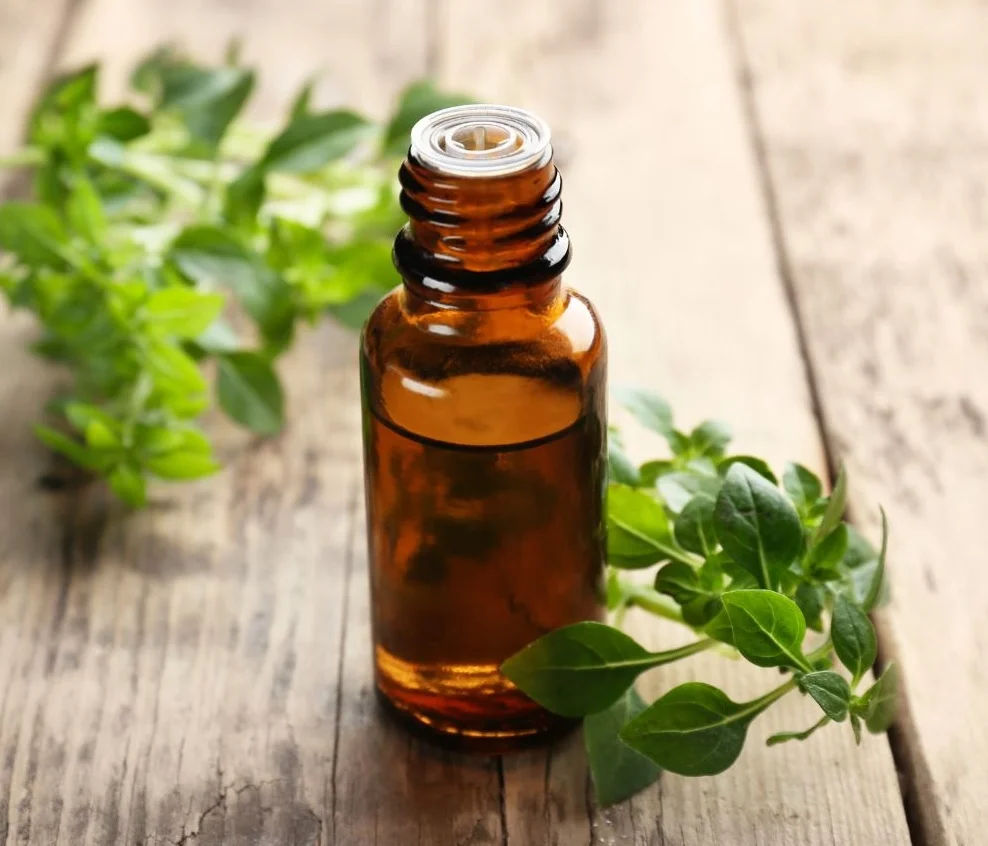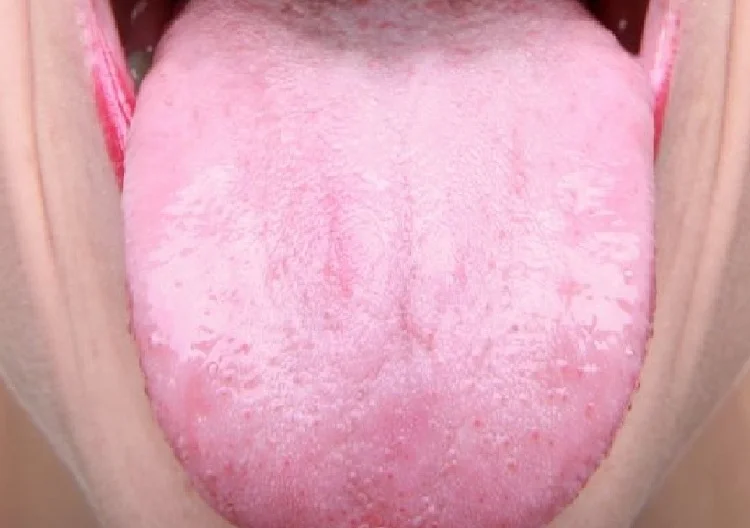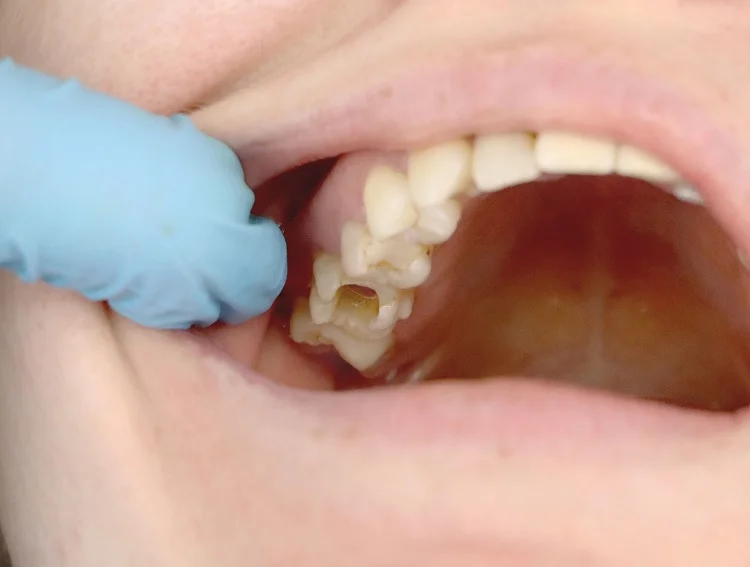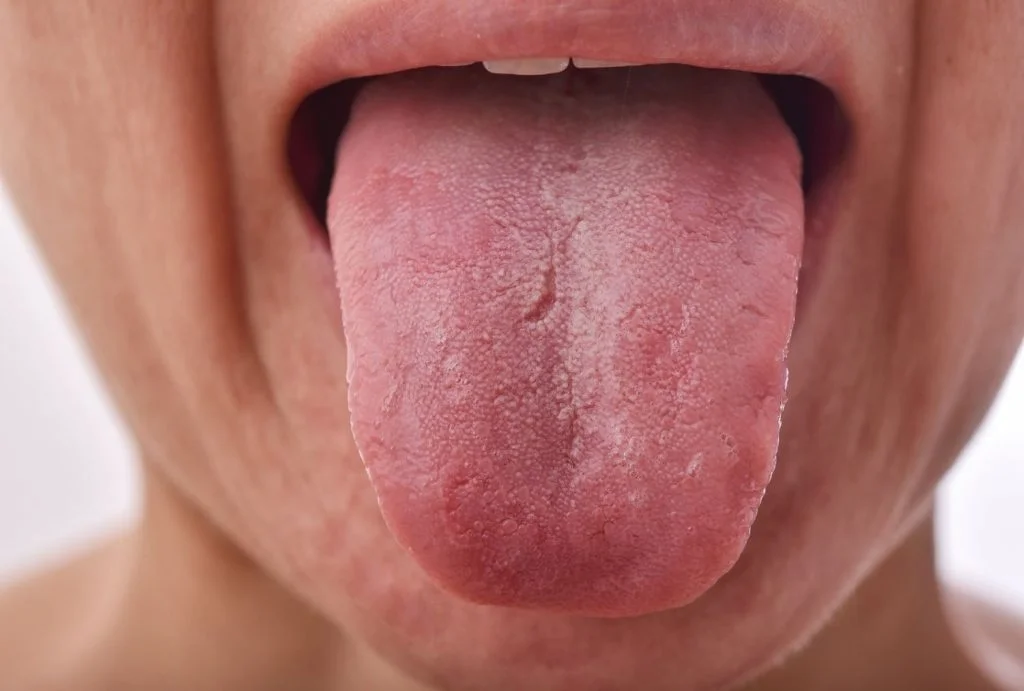Last Updated on: 9th December 2025, 06:35 am
The natural color of teeth varies from person to person, usually ranging from light gray to soft yellow. Genetics, aging, diet, and lifestyle habits all play a role. Maintaining good oral hygiene, making smart dietary choices, and visiting your dentist regularly can help protect and preserve your teeth’s natural color.
If you’ve ever looked at your teeth in the mirror and thought, why aren’t they as white as the ones in commercials, you’re not alone! The truth is, perfectly white teeth are often the result of filters, photo editing, or professional whitening treatments. In reality, the natural color of teeth varies from person to person, and having slightly yellowish teeth is completely normal.
A bright, white smile has become a beauty standard, often associated with good hygiene and attractiveness. However, understanding what gives teeth their natural color will help you appreciate your unique smile and make informed decisions about dental care.
What determines the natural color of teeth?
Your teeth’s color is influenced by several factors, including genetics, aging, and even daily habits. Here’s a breakdown of what affects your tooth shade:
How does tooth structure affect color?
Teeth aren’t naturally pure white. Instead, their color can range from light gray to soft yellow, and it’s completely normal. But why do teeth have different shades? The answer lies in their structure and how their different layers interact.
Your teeth are composed of three main layers, each contributing to their natural color and overall appearance:
- Enamel: This is the outermost layer, which is hard and translucent. While enamel itself isn’t pigmented, it allows the color of the underlying layers to show through. If your enamel is thick, your teeth may appear whiter. If it’s thin, the color of the layer beneath (dentin) will be more visible.
- Dentin: This is the middle layer and the one responsible for most of your tooth’s color. Naturally, dentin is yellowish or even slightly grayish. Since enamel is translucent, the color of the dentin determines how white or yellow your teeth appear.
- Pulp: This is the innermost layer, housing nerves and blood vessels. While it doesn’t directly affect tooth color, it plays a crucial role in overall tooth health.
How do genetics influence tooth shade?
Just like your skin tone, eye color, and hair color, your genes determine the natural shade of your teeth.
Some people are born with thicker enamel or lighter-colored dentin, making their teeth appear naturally whiter. Others inherit thinner enamel or more pigmented dentin, resulting in a slightly darker or more yellow hue. These inherited traits make up the natural color of teeth and vary widely, even within the same family.
It’s also common for siblings to have different tooth colors. If your teeth don’t match someone else’s in your family, it’s simply due to natural variation, not poor hygiene!
Does aging change the natural color of teeth?
As we age, enamel gradually wears down, exposing more of the dentin underneath. This is why older adults tend to have darker or more yellowish teeth than they did in their youth. It’s a completely natural part of the aging process! The gradual changes in the natural color of teeth are inevitable, but good dental care can slow down the process.
Can environmental factors affect tooth color?
Exposure to fluoride in childhood can impact tooth color. While fluoride helps prevent cavities, excessive fluoride during tooth development can cause fluorosis, which appears as white streaks or spots on the enamel. On the flip side, insufficient fluoride can lead to weaker enamel, making teeth more prone to stains and discoloration.
The color of a tooth isn’t the same all over. Near the gum line (the cervical area), the enamel is thinner, making this part look darker. On the other hand, the tip of the tooth (the incisal edge) has thicker enamel, allowing it to reflect more light and appear lighter.
Canine teeth (fangs) often look more yellow because they have a thicker layer of dentin underneath. These differences in color are completely normal and part of how teeth are naturally structured.
What factors can darken or change tooth color?
Everyone’s natural tooth color is different, and it changes over time. Teeth can become darker, lose their shine, or develop stains due to various factors. This doesn’t always mean poor hygiene, it’s often just a natural part of aging, daily habits, or exposure to different elements.
How does diet affect tooth color?
Certain foods and drinks contain pigments that stick to enamel, leading to stains over time. Some of the worst culprits include:
- Coffee and tea: The tannins in these drinks contribute to yellow or brown stains.
- Red wine: contains dark pigments that easily cling to enamel.
- Soda and sports drinks often contain artificial coloring and acids that wear down enamel.
- Berries (blueberries, blackberries, raspberries): Their deep pigments can stain teeth.
- Curry and tomato sauce: Brightly colored spices and sauces can contribute to yellowing.
Tip: Rinse your mouth with water after consuming these foods, or use a straw to minimize direct contact with your teeth! Keeping these habits in check can help maintain the natural color of teeth longer.
Can smoking or tobacco cause stains?
Cigarettes, chewing tobacco, and vaping all contribute to yellow or brownish stains. Nicotine and tar from tobacco settle into enamel, making stains stubborn and difficult to remove with regular brushing.
Tip: Quitting smoking not only improves your oral health but also keeps your teeth from developing persistent stains.
Does poor oral hygiene affect color?
Failing to brush and floss properly allows plaque to build up, leading to staining and discoloration. Plaque is a sticky film of bacteria that can harden into tartar, a yellowish substance that requires professional cleaning to remove.
Tip: Brush twice a day with fluoride toothpaste and floss daily to remove plaque before it hardens!
Do medications change tooth color?
Certain medications can cause tooth discoloration, especially when taken during early childhood while teeth are still developing. Some examples include:
- Tetracycline and doxycycline (antibiotics) can cause grayish or brownish stains when taken by children under eight.
- Antihistamines and high blood pressure medications: Some lead to a gradual darkening of teeth.
- Chlorhexidine dental products: Mouthwashes and toothpaste with chlorhexidine can help treat infections, but using them for too long may cause black stains on your teeth. These stains won’t go away with regular brushing and need a professional cleaning. It’s best to use these products only if your dentist recommends them.
- Excessive fluoride exposure: As mentioned earlier, too much fluoride can create white or brown spots on teeth.
Tip: If you’re taking medication and notice changes in your teeth, consult your dentist to discuss possible solutions.
How can you maintain the natural color of teeth?
You don’t need a Hollywood-style whitening treatment to have a bright, healthy smile. By following good daily habits and using safe treatments when needed, you can maintain the natural color of your teeth and keep them looking their best.
1. Stick to a good oral hygiene routine
- Brush your teeth twice a day for two minutes using fluoride toothpaste.
- Floss daily to remove plaque and prevent stains between teeth.
- Visit your dentist every six months for a professional cleaning and checkup.
2. Make smart diet choices
- Limit foods and drinks that stain teeth, such as coffee, tea, red wine, and berries.
- Drink plenty of water to rinse away staining particles.
- Eat crunchy fruits and vegetables like apples and carrots, they help clean teeth naturally by scrubbing away plaque.
3. Healthy lifestyle choices
- Avoid smoking since it causes stubborn yellow or brown stains and damages your gums.
- Rinse your mouth or brush your teeth after consuming stain-causing foods and drinks.
- Use a straw when drinking coffee, tea, or soda to minimize direct contact with your teeth.
A bright, healthy smile starts with good daily habits. Brush, floss, make smart food choices, and avoid stains from smoking or certain drinks. Regular dental checkups will help keep your teeth looking their best!
Are whitening treatments safe?
Yes, teeth whitening is generally safe when done correctly, but it’s important to be aware of potential side effects and use the right method for your needs.
What whitening options are safe?
- Professional whitening: Done by a dentist, this is the safest and most effective method. However, overuse can cause sensitivity or weaken enamel, so it should be done in moderation.
- Over-the-counter whitening kits: Whitening strips, gels, and special toothpastes can help remove stains. Always follow the instructions to avoid damage.
- Natural remedies (Use with caution): Baking soda is a common option for mild stain removal. Since it’s slightly abrasive, it should only be used a couple of times a week to prevent enamel damage.
What are possible side effects?
- Tooth sensitivity: Whitening can make teeth more sensitive, especially after the first few treatments. Your dentist may recommend desensitizing products with potassium nitrate or fluoride.
- Gum irritation: Some whitening products may irritate your gums, but this usually goes away once you stop treatment.
Teeth whitening can boost confidence and improve the look of your smile, but it’s important to take precautions. Professional whitening is the safest option, and consulting your dentist before starting any treatment will help minimize risks.
If you have sensitive teeth, using lower-concentration products or desensitizing gels can help make the process more comfortable.
Do healthy teeth have to be bright white?
Having slightly yellowish teeth doesn’t mean they’re unhealthy. In fact, the natural color of teeth varies; what’s most important are strong, cavity-free teeth rather than an artificially white shade.
By focusing on good oral hygiene, making smart dietary choices, and visiting the dentist regularly, you can maintain a healthy, beautiful smile, whatever its natural shade may be!
So, the next time you see a dazzling white smile in an ad, remember: real teeth come in different shades, and that’s perfectly okay!
Frequently Asked Questions
Do whitening toothpastes actually work?
Does brushing immediately after drinking coffee help prevent stains?
Can I whiten dental crowns, veneers, or fillings?
Why do I have white spots on my teeth?
Do braces or retainers stain teeth?
Voice and Search (Q&A)
Can teeth naturally be yellow?
Yes, slight yellowing is normal and depends on enamel thickness and dentin color. It doesn’t mean your teeth are unhealthy.
Why do my canines look more yellow than other teeth?
Canines have thicker dentin under the enamel, making them naturally appear darker or more yellow.
Will over-the-counter whitening kits work?
Yes, they can remove surface stains but are less effective than professional treatments. Follow instructions carefully.
Share
References
1. Archibald, J. (2023, 23 June). How to Naturally Whiten Your Teeth at Home. Healthline. https://www.healthline.com/nutrition/whiten-teeth-naturally
2. Cleveland Clinic. (2024, 16 October). Are Teeth Whiteners Safe and Worth Trying? Cleveland Clinic. https://health.clevelandclinic.org/is-teeth-whitening-safe
3. Cleveland clinic. (2024, 1 May). Tooth discoloration. Cleveland Clinic. https://my.clevelandclinic.org/health/symptoms/10958-tooth-discoloration
4. Gómez, P. C., Montero, J., Gómez, P. M., Martinez, J. A., & Celemin, V. A. (2015). Natural Tooth Color Estimation Based on Age and Gender. Journal Of Prosthodontics, 26(2), 107-114. https://doi.org/10.1111/jopr.12345
5. Joiner, A. (2003). Tooth colour: a review of the literature. Journal Of Dentistry, 32, 3-12. https://doi.org/10.1016/j.jdent.2003.10.013
6. Lindberg, S. (2020, 14 February). What Can Cause Tooth Discoloration and Stains? Healthline. https://www.healthline.com/health/tooth-discoloration
-
Dr. Yeidy Carolina Mesa [Author]
DDS Yeidy Carolina Mesa Passionate Dentist | Advocate for Accessible Oral Health Education Graduating from Universidad CES in 2022, I am a dedicated general dentist with a lifelong passion for helping others and making a meaningful impact in the world. My journey into dentistry began at the age of 7, inspired by my own experience with braces and overcoming a fear of the dentist. This personal journey shaped my mission to help patients conquer their own dental anxieties and embrace a healthier,...
View all postsRecent Posts
-
Nayibe Cubillos M. [Medical Reviewer]
Pharmaceutical Chemestry |Pharmaceutical Process Management | Pharmaceutical Care | Pharmaceutical Services Audit | Pharmaceutical Services Process Consulting | Content Project Manager | SEO Knowledge | Content Writer | Leadership | Scrum Master
View all posts
A healthcare writer with a solid background in pharmaceutical chemistry and a thorough understanding of Colombian regulatory processes and comprehensive sector management, she has significant experience coordinating and leading multidisciplina...



